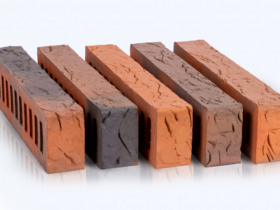In the 2nd half of the 19th century, in Russia and abroad, the design of prefabricated houses made in the factory were individual, and therefore all the possibilities of this type of construction were not used. House -building enterprises were usually produced by houses of the same type, since even a small change in its layout would require a restructuring of technological processes.
In 1893, the Russian engineer Shcherbakov first proposed a universal panel system. Its system of frame -chipels was based on the accepted conditional module and had significant advantages compared to the popular Finnish and Danish prefabricated buildings in Russia at that time in Russia. She allowed, using a small set of shields, collecting houses with a different layout. Shcherbakov’s system was based on shields of a certain size and a special design.
According to some information, Shcherbakov was able to organize the industrial production of “portable” houses at the Bezhetsk Forestry, but he did not receive the necessary support and failed. Rushing away, he at the end of 1896. He died tragically.
In the USSR, technology of factory house -building became the most in demand during the years of industrialization, before the war and after it. Building and launched house -building plants, the performance of which was 10,000 m2 – 200,000 m2 of housing per year. In general, the capacity of all available house -building plants engaged in the production of prefabricated houses totaled 125 – 130 thousand houses or 4, 6 million. m2 living space per year. As a result, the USSR in the field of factory -made industry of houses after a short period of time was able to take one of the first places in the world. At the same time, the country was almost 10 times higher than the production of houses in Finland and England, and in Sweden – 5 times.
It is amazing that today they very often copy the architectural decisions of the past, and in many cases do this in a simplified form.






